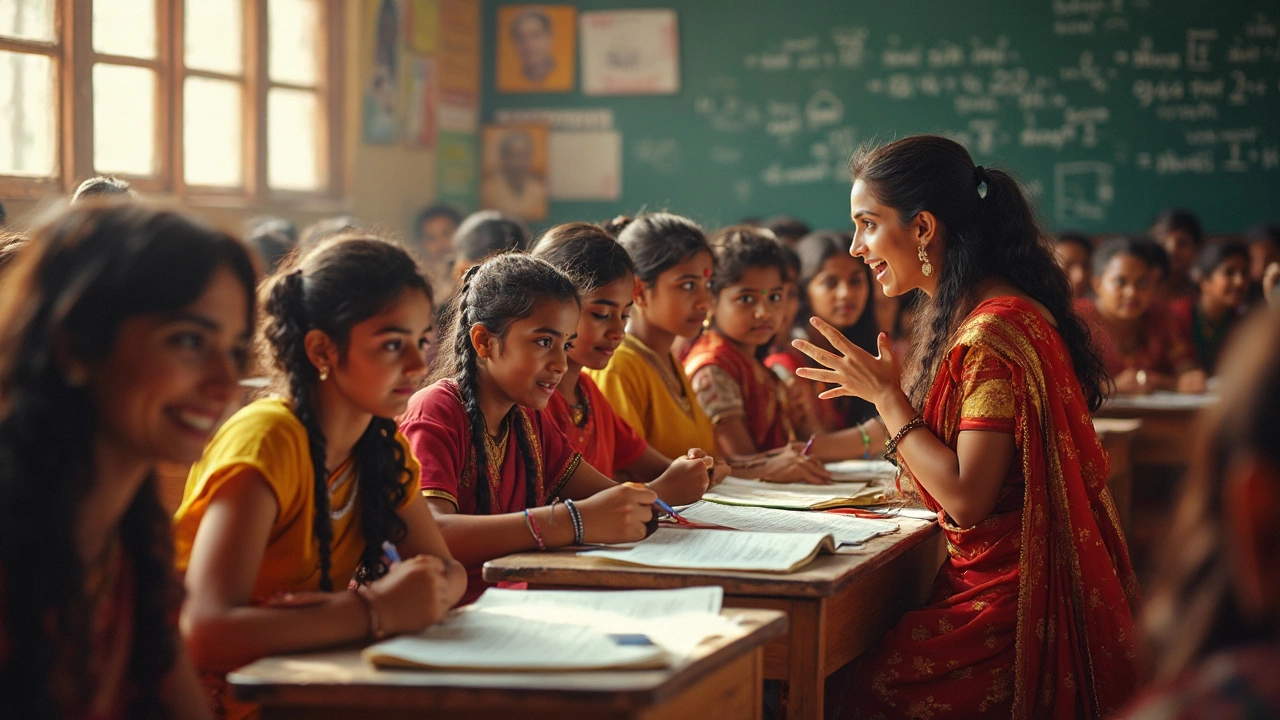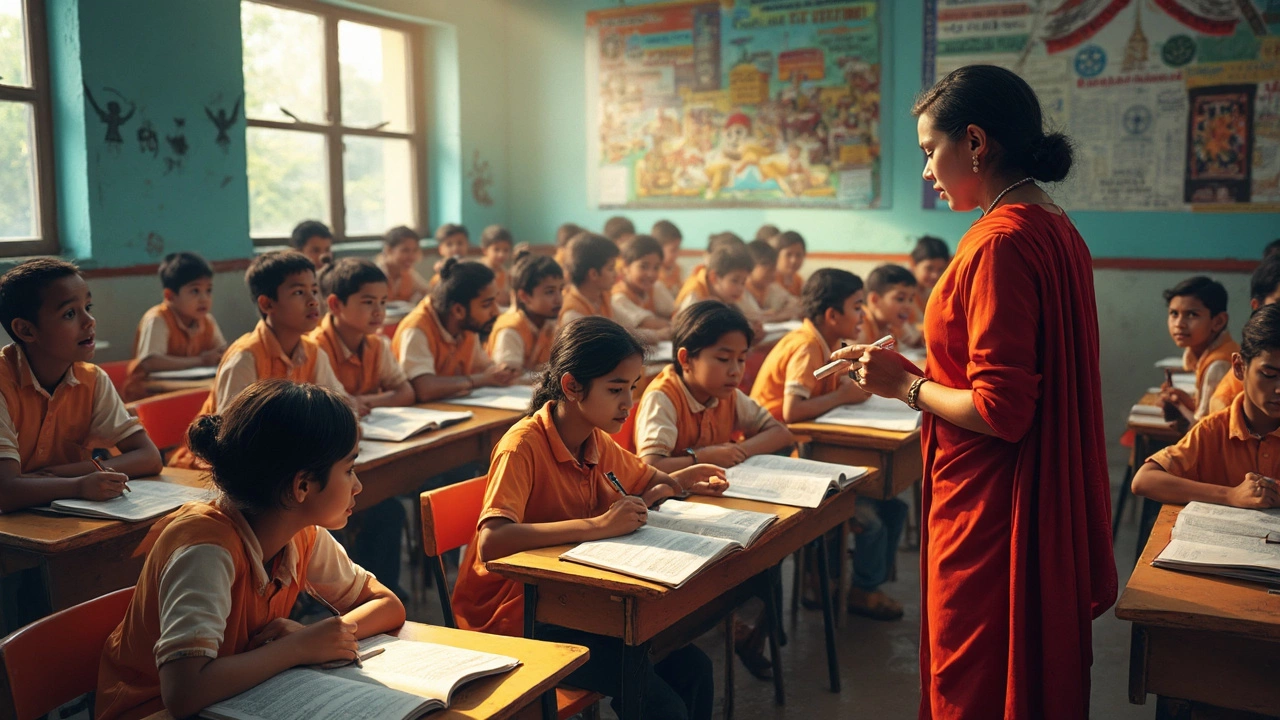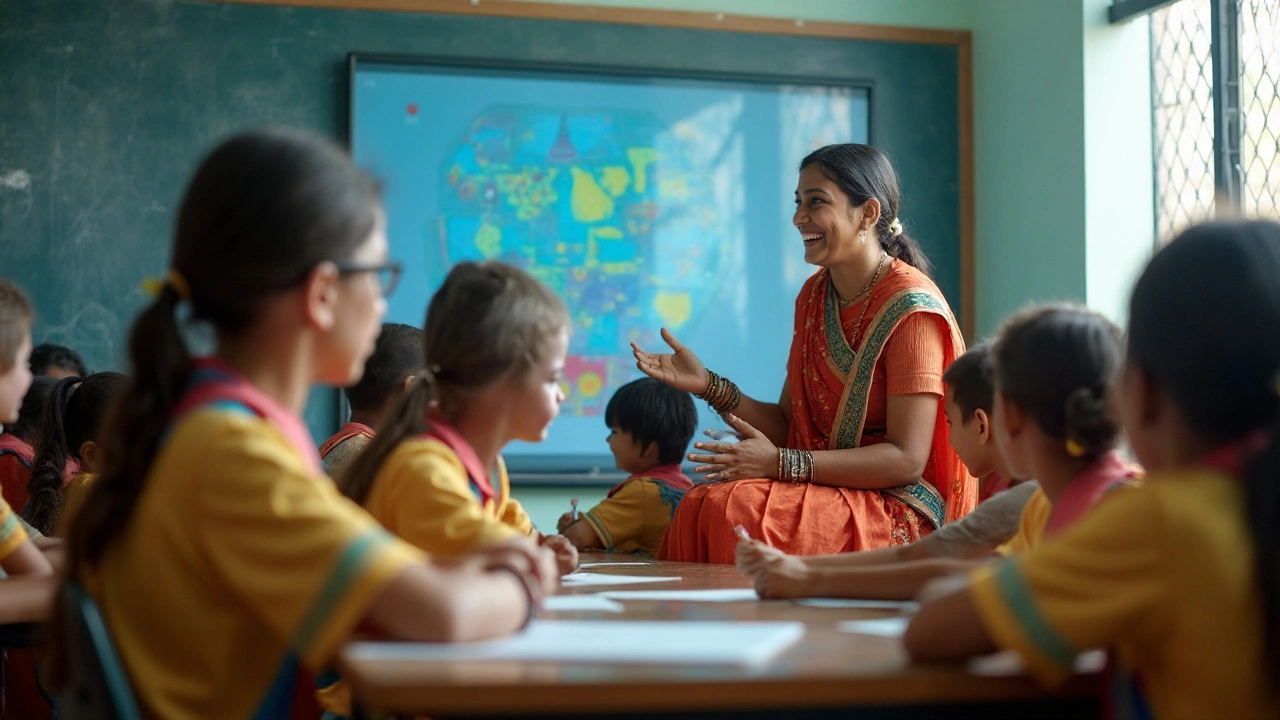Global Education: Trends, Tools, and Opportunities
When talking about global education, the worldwide system of teaching, learning, and credentialing that connects schools, colleges, and learners across borders. Also known as worldwide education, it shapes how students access knowledge, earn qualifications, and compete for jobs. Global education encompasses many sub‑areas, from digital classrooms to national curricula, and it requires coordination between governments, institutions, and technology providers.
Key pillars driving global education today
One of the fastest growing pillars is eLearning, online learning that delivers courses, resources, and assessments via the internet. It blends video lectures, interactive quizzes, and instant feedback, making education accessible anywhere with a connection. eLearning influences how vocational training is delivered, allowing hands‑on skills to be taught through simulations and virtual labs. The rise of eLearning also pushes traditional classrooms to adopt blended models, meaning students get the best of both worlds.
Another critical component is vocational training, skill‑focused programs that prepare learners for specific trades or professions. It includes apprenticeships, certificate courses, and industry partnerships. Vocational training benefits from eLearning platforms that host practical modules, while governments integrate it into national education strategies to close skill gaps. Together, they create a pathway from classroom theory to real‑world work experience.
Curriculum design sits at the heart of global education. curriculum comparison, the evaluation of different national and international syllabi such as IB, Cambridge, CBSE, and Singapore helps students and parents choose programs that match career goals and mobility needs. Comparing outcomes, recognition, and costs reveals which syllabus aligns with a learner’s ambition, whether aiming for a top university or a specialized trade. Curriculum alignment also guides teachers in adapting content for eLearning environments.
Competitive exams and government job pathways represent another layer of global education. Exams like NEET, IIT‑JEE, LSAT, and civil service tests determine entry into higher education and public sector careers. These assessments drive curriculum priorities, push schools to emphasize STEM and language skills, and spark demand for focused coaching material. Meanwhile, government employment programs often require vocational credentials, linking back to the training and certification ecosystem.
All these entities—eLearning, vocational training, curriculum comparison, and competitive exams—interact in a network that defines modern global education. eLearning enables scalable delivery of vocational modules, curriculum standards shape exam content, and competitive exams influence policy decisions about skill development. Understanding these relationships helps students navigate choices and educators design programs that meet market demand.
Below you’ll find a curated collection of articles that dive deeper into each of these areas. From step‑by‑step guides on making money with eLearning to roadmaps for self‑taught coding, from comparisons of world‑class curricula to tips for acing competitive exams, the posts cover practical strategies, real‑world examples, and actionable advice. Use the resources to plan your learning journey, boost your skills, and stay ahead in the global education landscape.
Which Is the Hardest School Syllabus in the World? A Real Look at CBSE and Its Challengers
Ever wondered which school syllabus pushes students to their limits? This article takes a close look at some of the toughest curriculums in the world, with a special focus on CBSE. You’ll see how CBSE stacks up against other famous systems and what makes each unique. Get a peek at what students really face in these classrooms, plus some real-world advice if you’re in the thick of it. Find out where the CBSE stands in the global education race.
Toughest Education Systems: The Global Challenge
The toughness of an education system can be felt by students across the globe, but determining the toughest involves comparing various aspects like curriculum, teaching methods, and evaluation processes. This article delves into the characteristics that make an education system challenging, taking examples from countries known for their rigorous academic environments. It explores how these systems impact students' lives and what factors contribute to their toughness. Tips are provided for students tackling challenging curriculums, particularly within the CBSE framework.
CBSE: The World's Leading Educational Board
The Central Board of Secondary Education (CBSE) is one of the most recognized educational boards worldwide, valued for its robust syllabus and comprehensive approach to schooling. With a growing influence in both national and international arenas, CBSE offers a standardized educational framework that's favored by many schools globally. This article explores the reasons behind its popularity, its unique features, and tips for students navigating the board's curriculum. Learn how CBSE has shaped modern education and continues to expand its reach beyond India's borders.


